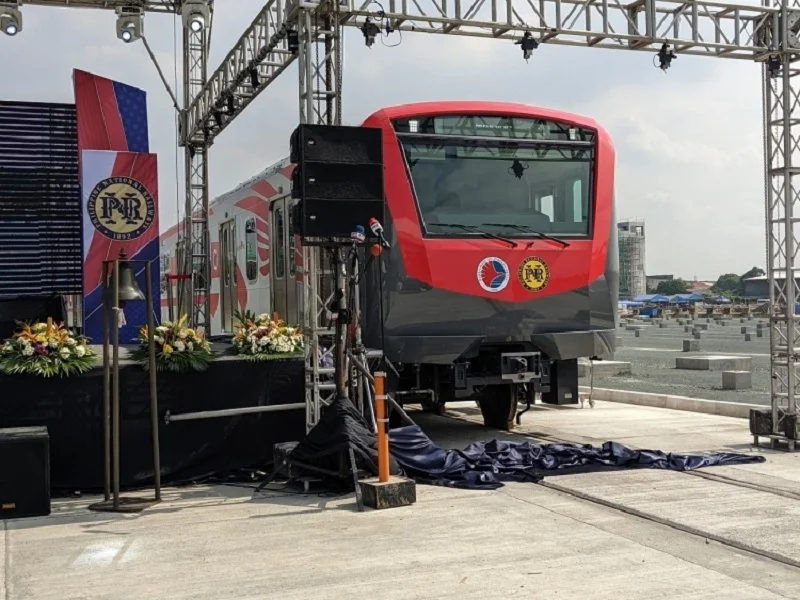The Philippines, an archipelagic nation consisting of over 7,000 islands, faces unique challenges when it comes to transportation and mobility. With densely populated cities, a growing economy, and the need to connect people and resources across islands, finding efficient and sustainable transportation solutions is crucial. In this blog, we’ll explore how modern rail systems, specifically the Aluminum Suspension Rail System and the Concealed Rail System, are revolutionizing mobility in the Philippines.
Rail Systems in the Philippines
The Philippines has an existing but limited rail network, primarily concentrated in the National Capital Region (NCR). However, this network faces challenges such as congestion, inadequate capacity, and limited coverage. The demand for efficient transportation solutions has led to the exploration of innovative rail systems to enhance mobility throughout the country.
The Aluminum Suspension Rail System
The Aluminum Suspension Rail System offers a versatile solution to access heights and navigate challenging terrains. It seamlessly integrates into various architectural settings, from building entrances to skyscraper facades. The system can accommodate a wide range of equipment and personnel, making it ideal for tasks like facade cleaning, maintenance of architectural highlights, and more. What sets this system apart are its trolleys designed for smooth and controlled movement along the rail’s flange. Users have the flexibility to choose between manual operation, motorized assistance, or battery-powered options for horizontal movements.
The Concealed Rail System
The Concealed Rail System, on the other hand, is designed to blend seamlessly into the aesthetics of architectural buildings. This discreet solution offers the same advantages as the Aluminum Suspension Rail System but is especially suited for projects where a concealed rail is preferred. It can be customized with curved configurations and powder coating in various colors to match the building’s design. Trolleys glide within the rail’s inner channel, facilitating horizontal movement with manual, motorized, or battery-operated options.
Advantages of Modern Rail Systems
Modern rail systems play a vital role in enhancing mobility in the Philippines. They offer several advantages, including:
- Environmental Benefits: Rail transportation is more eco-friendly and energy-efficient, reducing the carbon footprint of the transportation sector.
- Efficiency and Reduced Congestion: By providing an alternative to road-based transportation, rail systems alleviate traffic congestion, especially in densely populated areas.
Customization and Versatility
The beauty of these modern rail systems is their ability to be customized to fit different architectural settings. Whether you need to access heights or navigate unique structures, the systems can be tailored to your project’s specific requirements. This customization is crucial in a country with diverse terrain and architectural designs.
The Future of Rail Transportation in the Philippines
The future of rail transportation in the Philippines looks promising. There are ongoing projects and plans to expand the rail network, connecting various regions and islands. This expansion has the potential to drive economic growth, reduce travel times, and create more sustainable transportation options.
Takeaway
Enhancing mobility in the Philippines is a critical endeavor, given the country’s unique geographic challenges and transportation needs. Modern rail systems, such as the Aluminum Suspension Rail System and the Concealed Rail System, offer versatile, efficient, and sustainable solutions. As the country invests in the future of rail transportation, we can anticipate a more connected, efficient, and sustainable Philippines.








